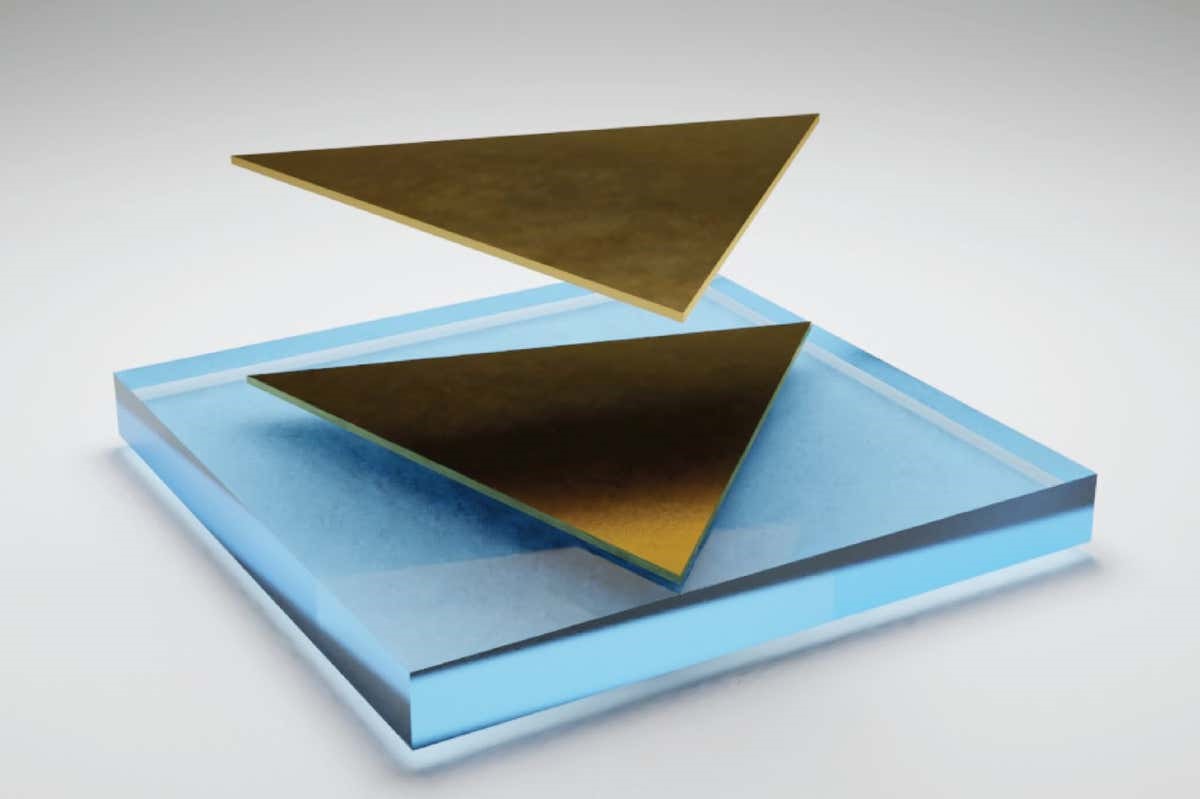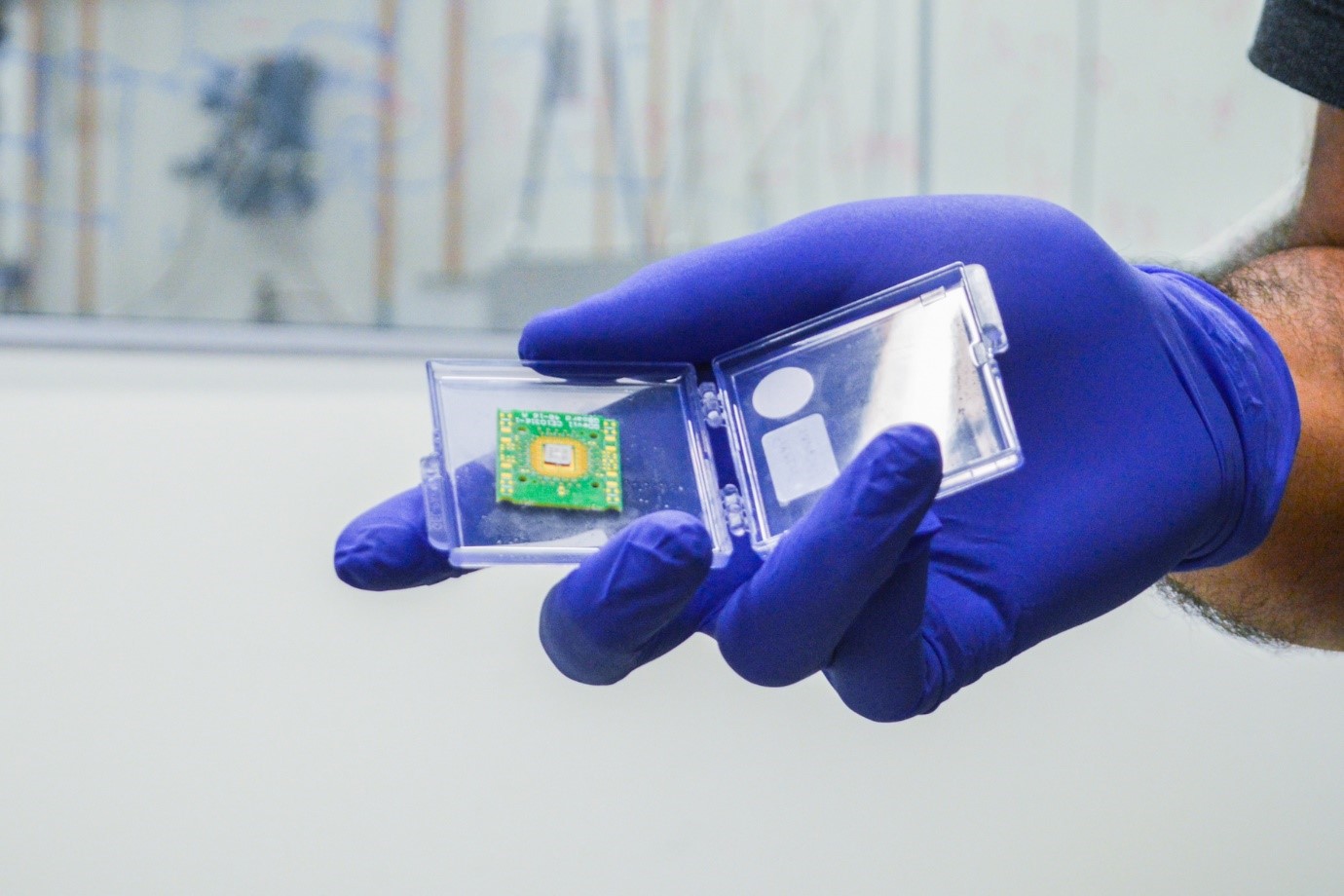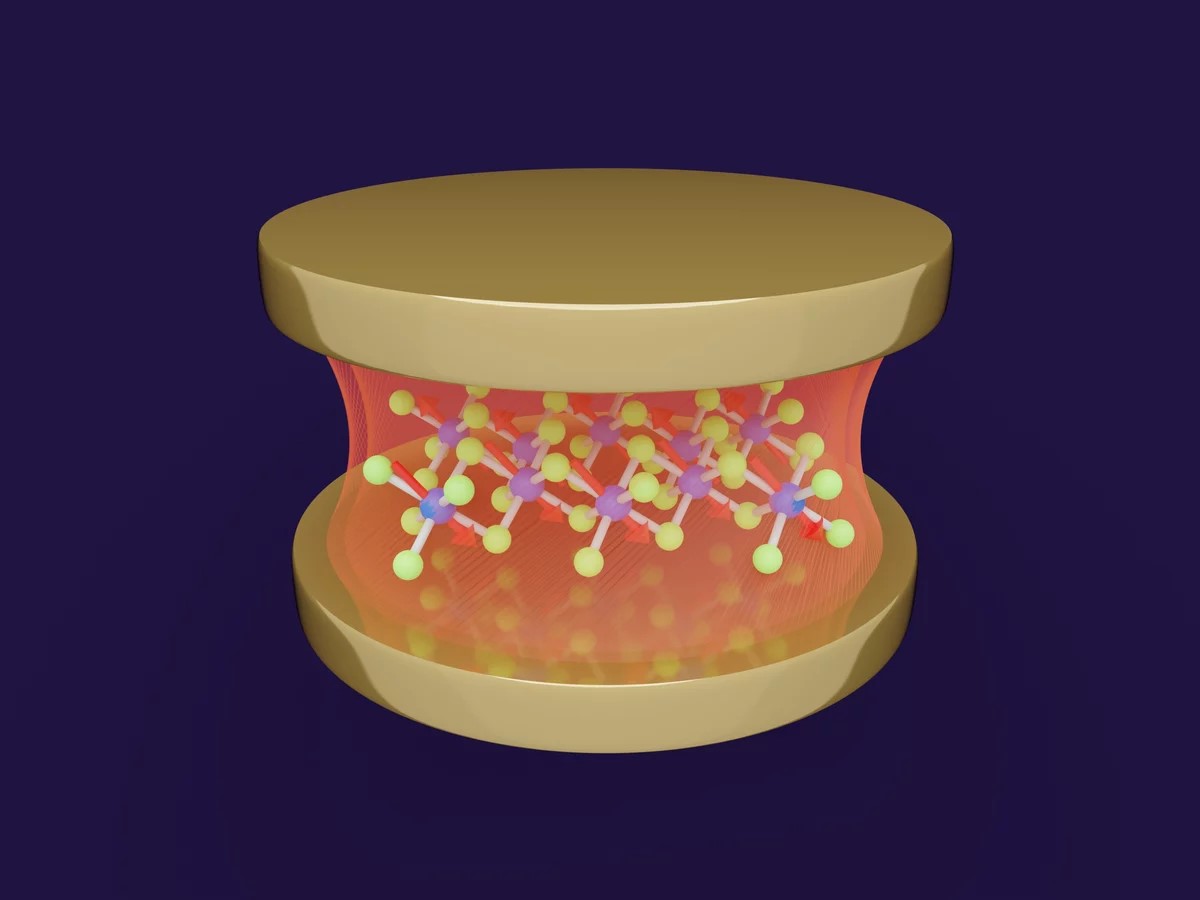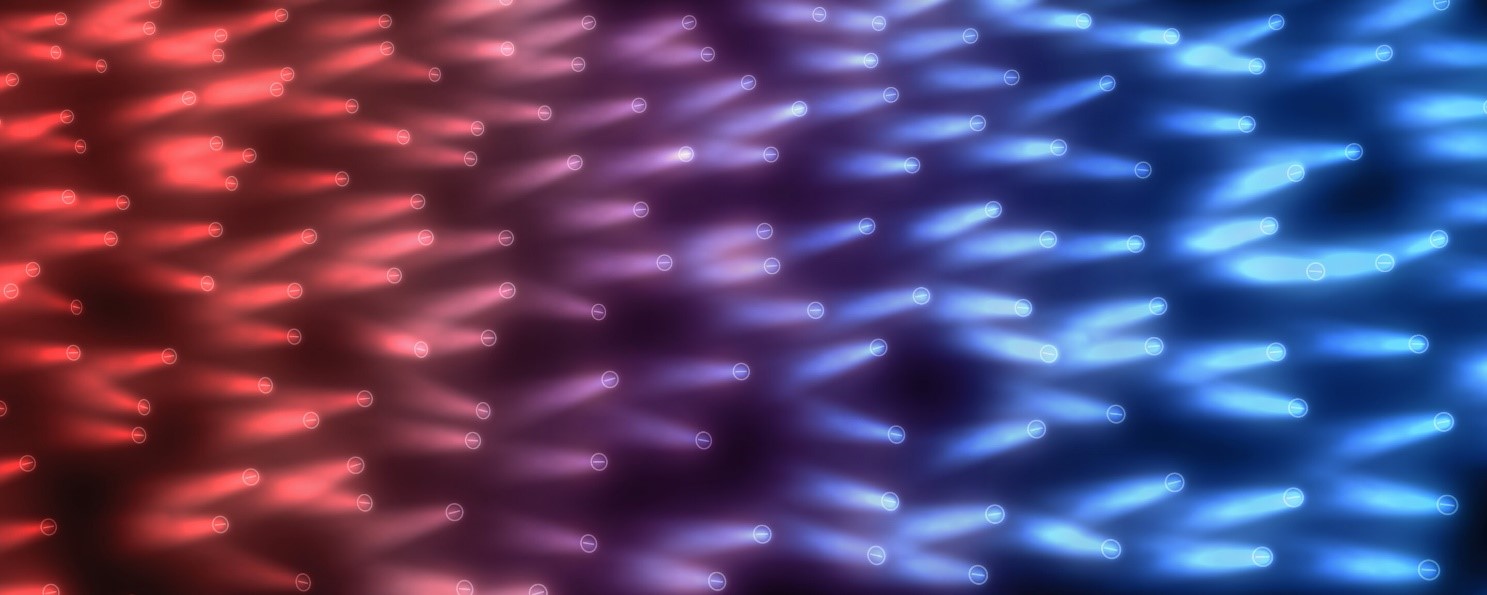Unleashing the Speed of Secure Communication with Chip-based QKD
In a groundbreaking development, a team of researchers has successfully harnessed the power of integrated photonics to create a quantum key distribution (QKD) system capable of transmitting secure keys at extraordinary speeds. This significant milestone achieved in proof-of-principle experiments brings us closer to realizing the practical application of this highly secure method of communication. [1]
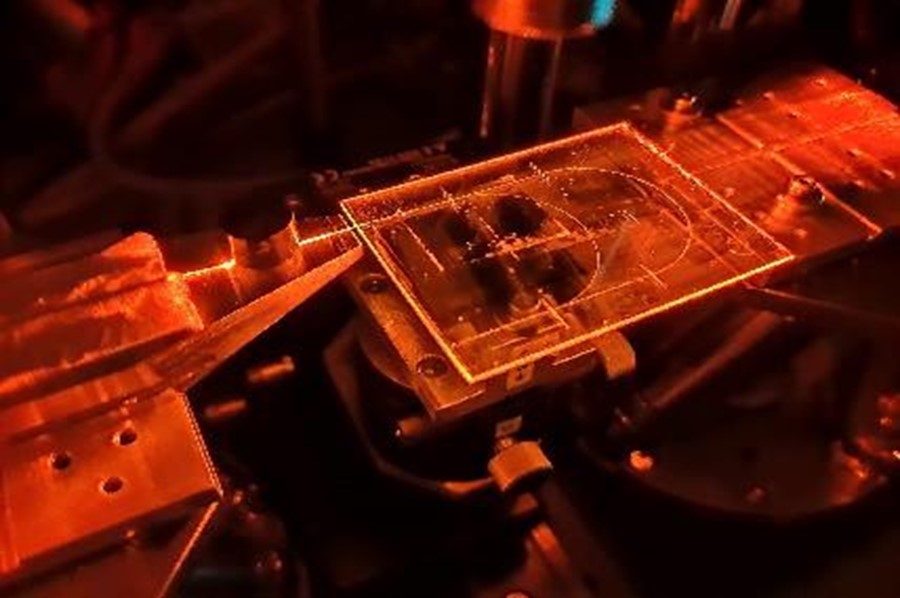
Figure 1. The silica-based QKD receiver.
Figure 1 shows the silica-based QKD receiver shown consists of a photonic integrated circuit and two external single-photon detectors. Quantum key distribution (QKD) has long been recognized as a reliable approach for establishing secret keys that ensure secure communication between distant parties. By leveraging the unique properties of light at the quantum level, QKD generates random keys that serve as the foundation for encrypting and decrypting data. Its formidable security stems from the fundamental laws of physics, rather than relying on computational complexity like conventional communication protocols. [1]
Researchers led by Hugo Zbinden from the University of Geneva have developed a new quantum key distribution (QKD) system, as detailed in the Photonics Research journal by the Optica Publishing Group. The system showcases an integration of all components onto chips, excluding the laser and detectors. This innovation brings several advantages, including compactness, cost-effectiveness, and the potential for mass production. [1]
Building a faster chip-based system
The University of Geneva researchers, in collaboration with Sicoya GmbH and ID Quantique, have made significant advancements in their QKD system. In previous work, they achieved high-speed QKD transmission using standard fiber-based components. Building upon this, they developed a silicon photonics transmitter by combining a photonic integrated circuit with an external diode laser. For the QKD receiver, they utilized silica and incorporated a photonic integrated circuit along with two external single-photon detectors. The receiver was fabricated using femtosecond laser micromachining by Roberto Osellame's group at the CNR Institute for Photonics and Nanotechnology in Milano, Italy. [1]
Low-loss, high-speed transmission
After conducting thorough characterization of the integrated transmitter and receiver, the researchers proceeded to carry out a secret key exchange using simulated fiber distances and a 150-km long single-mode fiber. They utilized single-photon avalanche photodiodes, known for their suitability in practical applications. Additionally, they incorporated single-photon superconducting nanowire detectors, enabling an impressively low quantum bit error rate of 0.8%. The receiver not only achieved polarization independence, a challenging feat in integrated photonics, but also exhibited minimal loss, approximately 3 dB. The next step for the researchers involves housing the system components in a straightforward rack enclosure, paving the way for QKD implementation in network systems. [1]
Source: OPTICA
References:
- https://www.optica.org/en-us/about/newsroom/news_releases/2023/may/chip-based_qkd_achieves_higher_transmission_speeds/?utm_medium=OpticaHomepage&utm_source=PressRelease&utm_campaign=PRJPressRelease481475
Cite this article:
Hana M (2023), Deep Tissue Monitoring with Wearable Technology, AnaTechMaz, pp.121



